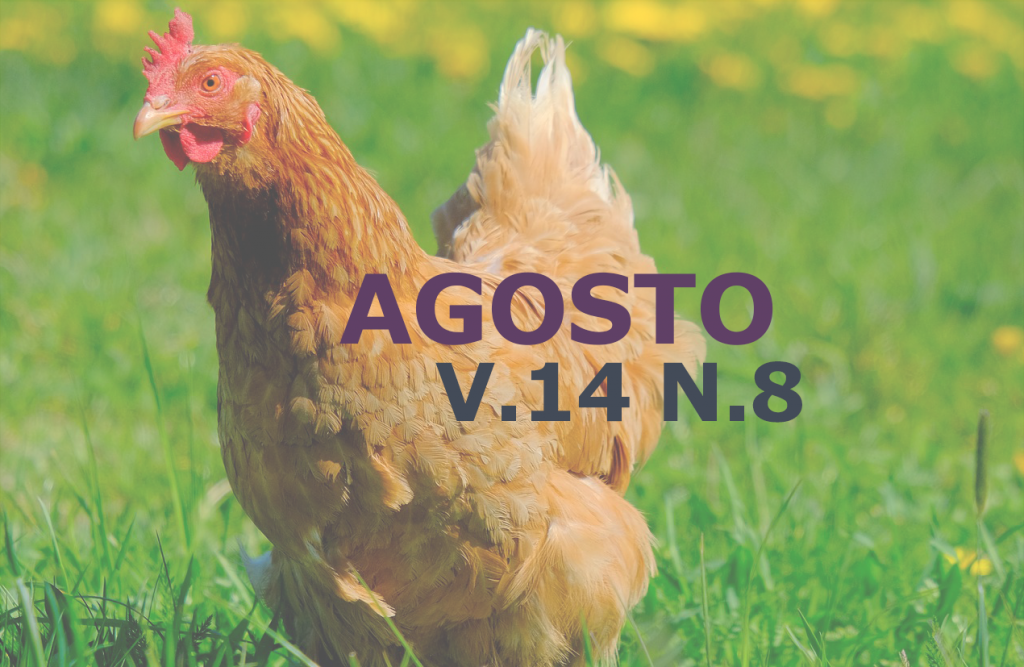Anesthetic protocol for Sapajus libidinosus (nail monkey) submitted to vasectomy and ligation of elective tubes
DOI:
https://doi.org/10.31533/pubvet.v14n8a629.1-6Keywords:
α2-agonist, anesthesia, wild animals dissociative, immobilizationAbstract
Safe and effective capture, immobilization or anesthesia of wild animals, such nail monkey (Sapajus lididinosus), is generally required for research and management purposes, as well as surgical and diagnostic procedures, and of the neotropical species, it is the one that presents greater geographical distribution. The genus has been used in several researches, given its phylogenetic proximity to the human species, serving as a biological model in experiments applied to this species There are a variety of anesthetic protocols used so that the capture and handling of nail monkey is performed simply and safely. The objective of this study is to report the use of the combination of dexmedetomidine with ketamine, morphine and midazolam for the chemical restraint of eight adult nail monkeys submitted to two surgical procedures, to vasectomy and ligation of elective tubes, with the goal of establishing a safe and effective chemical containment and containment protocol for the species in captivity. During the surgical procedures the physiological parameters of heart rate and respiratory rate and rectal temperature and oxyhemoglobin saturation by pulse oximetry of the eight nail monkeys were monitored. At the end of the surgeries, the animals received atipamezole intramuscularly. The protocol used was safe and effective for the chemical containment of nail monkeys in captivity submitted to different surgical procedures allowing reversal of the pharmacological effects at the end of the surgery.
Downloads
Published
Issue
Section
License
Copyright (c) 2020 Thiago Vargas da Silva, Marllos Henrique Vieira Nunes, Juliana Tessália Wagatsuma, Thiago Martins Souza, Alex Cardoso de Melo, Amanda da Costa Andrade, Marcelo Campos Rodrigues

This work is licensed under a Creative Commons Attribution 4.0 International License.
Você tem o direito de:
Compartilhar — copiar e redistribuir o material em qualquer suporte ou formato
Adaptar — remixar, transformar, e criar a partir do material para qualquer fim, mesmo que comercial.
O licenciante não pode revogar estes direitos desde que você respeite os termos da licença. De acordo com os termos seguintes:
Atribuição
— Você deve dar o crédito apropriado, prover um link para a licença e indicar se mudanças foram feitas. Você deve fazê-lo em qualquer circunstância razoável, mas de nenhuma maneira que sugira que o licenciante apoia você ou o seu uso. Sem restrições adicionais
— Você não pode aplicar termos jurídicos ou medidas de caráter tecnológico que restrinjam legalmente outros de fazerem algo que a licença permita.





